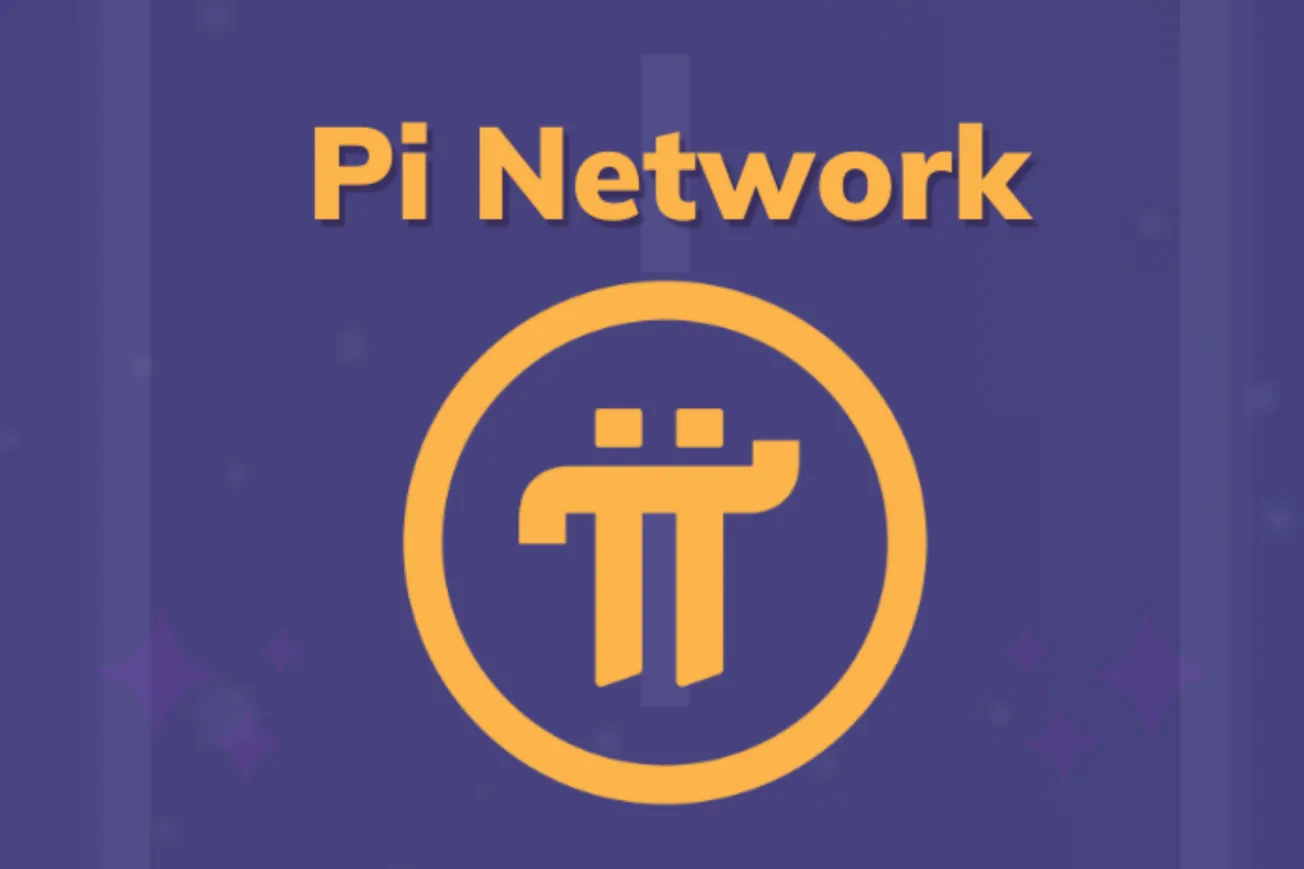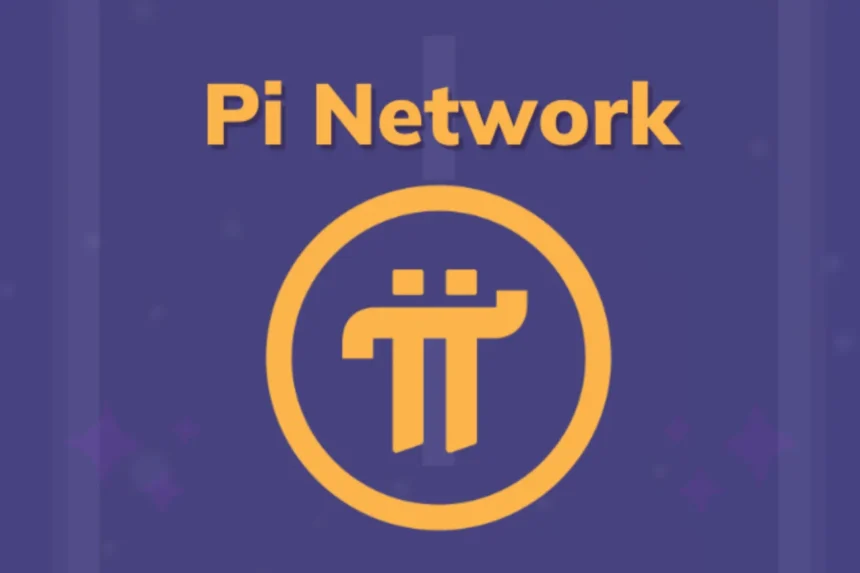
- After operating within an enclosed mainnet for years and restricting external transactions, Pi Network is finally set to launch its Open Mainnet in just a few hours.
- Bitget, OKX, HTX, and MEXC are expected to list Pi Coin once the Open Mainnet goes live, while the Binance community is currently voting on whether to add the token to its platform.
After years of anticipation, Pi Network is finally set to launch its Open Mainnet on February 20, 2025, at 8 AM UTC. This long-awaited milestone will transition the project from a closed ecosystem to an open blockchain network, enabling external transactions, exchange listings, and a broader range of real-world applications.
With the launch date confirmed, let’s break down five key facts about Pi Network’s Open Mainnet and what it means for pioneers, developers, and the crypto market as a whole.
1. The Open Mainnet Launch Follows Years of Development
Pi Network has undergone a gradual and structured development process to ensure a stable and secure blockchain. It began in 2019 with the Beta Phase, launching as an experimental mobile app focused on building a community rather than facilitating real-world transactions. The Testnet Phase followed in 2020, allowing developers and early adopters to test the blockchain’s stability and performance while laying the groundwork for future scalability.
In 2021, the Enclosed Mainnet Phase was introduced, restricting transactions within a controlled environment to enhance network security, implement Know Your Customer (KYC) verification, and refine the system in preparation for full deployment. Now, after years of anticipation, the Open Mainnet is set to launch today, removing the firewall that limits external connectivity.
Pi Network’s core concept revolves around its mobile-based mining mechanism, which will allow users to mine Pi Coins simply by tapping a button daily. The platform is user-friendly and does not require expensive mining hardware or costly software subscriptions.
2. External Transactions Will Finally Be Enabled
During its enclosed phase, one of Pi Network’s biggest limitations was the inability to transfer Pi outside its ecosystem. However, the launch of the Open Mainnet will eliminate this restriction, enabling pioneers to send and receive Pi coins to external wallets, conduct real-world transactions, and integrate the Pi Network with other blockchain platforms.
This transition marks Pi’s first step into the open crypto economy, transforming it into a tradeable and usable digital asset.
3. Exchange Listings Will Increase Pi’s Market Potential
Pi has already been listed on major cryptocurrency exchanges, including MEXC Exchange, OKX, Bitget, HTX, and Gate.io, have already listed Pi, as noted in our previous article. Additionally, Binance has launched a community vote on whether to list Pi Coin, which began on February 17 and will conclude on February 27.
Exchange listings will play a crucial role in Pi’s liquidity, as increased trading activity will attract more buyers and sellers. It will also drive price discovery, with Pi’s value being determined by open market supply and demand. Meanwhile, 20 Mainnet apps offering various services within the Pi ecosystem have already gone live, showcasing the network’s growing potential.
4. Pi’s Ecosystem Will Expand with Decentralized Apps (DApps)
With the launch of the Open Mainnet, developers will have the opportunity to deploy decentralized applications (DApps) on the Pi blockchain, paving the way for new digital services powered by Pi Coin and smart contract functionality.
This transition is expected to attract developers and entrepreneurs eager to build within Pi’s ecosystem. What sets the PI network apart from established cryptocurrencies like Bitcoin (BTC) and Ethereum (ETH) is that it utilizes an energy-efficient mining process through a mobile app powered by the Stellar Consensus Protocol (SCP).
Pi Network’s mobile-friendly mining makes it more inclusive than Bitcoin or Ethereum, which require costly mining equipment or large token stakes. Its SCP-based model enhances decentralization by using trusted security circles for transaction validation, preventing control by a small group of miners or stakeholders.
5. KYC Verification Will Be Mandatory for Full Participation
To ensure security and compliance, pioneers must complete KYC verification before gaining full access to Open Mainnet features. With over 60 million engaged users, more than 19 million pioneers successfully identity-verified through Pi Network’s native KYC solution, and over 10 million accounts already migrated to the Mainnet, the network is gearing up for widespread adoption.
The KYC process is essential for preventing fraudulent activities like multi-account mining, ensuring regulatory compliance, and protecting the network’s integrity. Users who fail to complete KYC may face restrictions on transactions and exchange features, limiting their participation in the open ecosystem.






